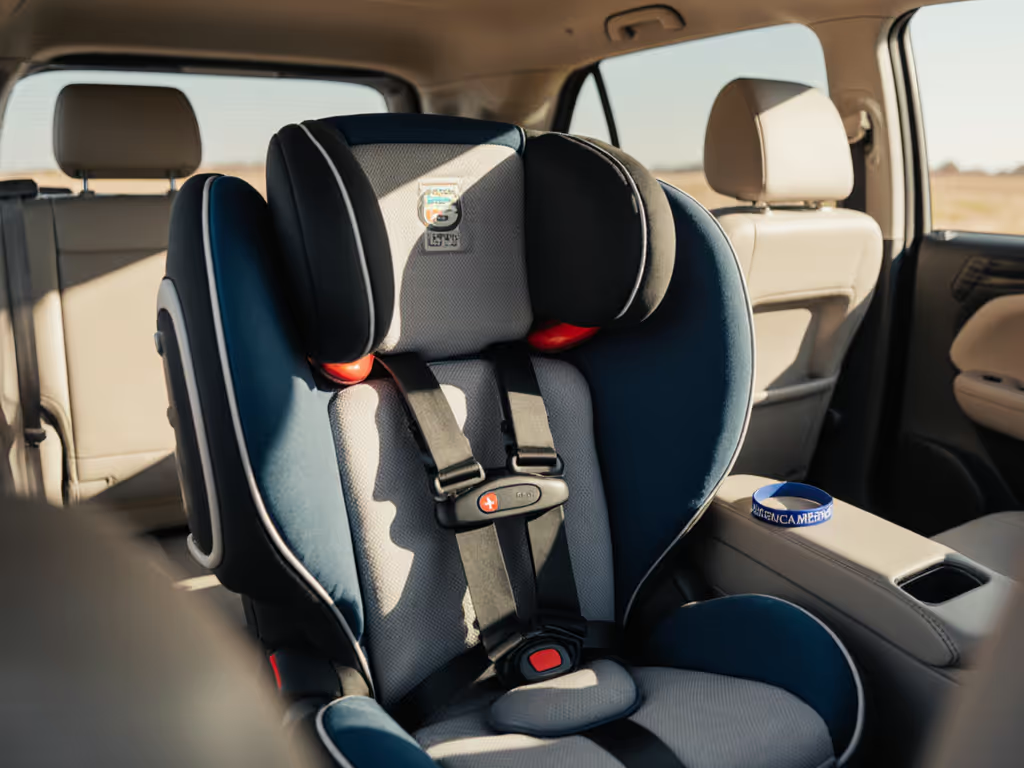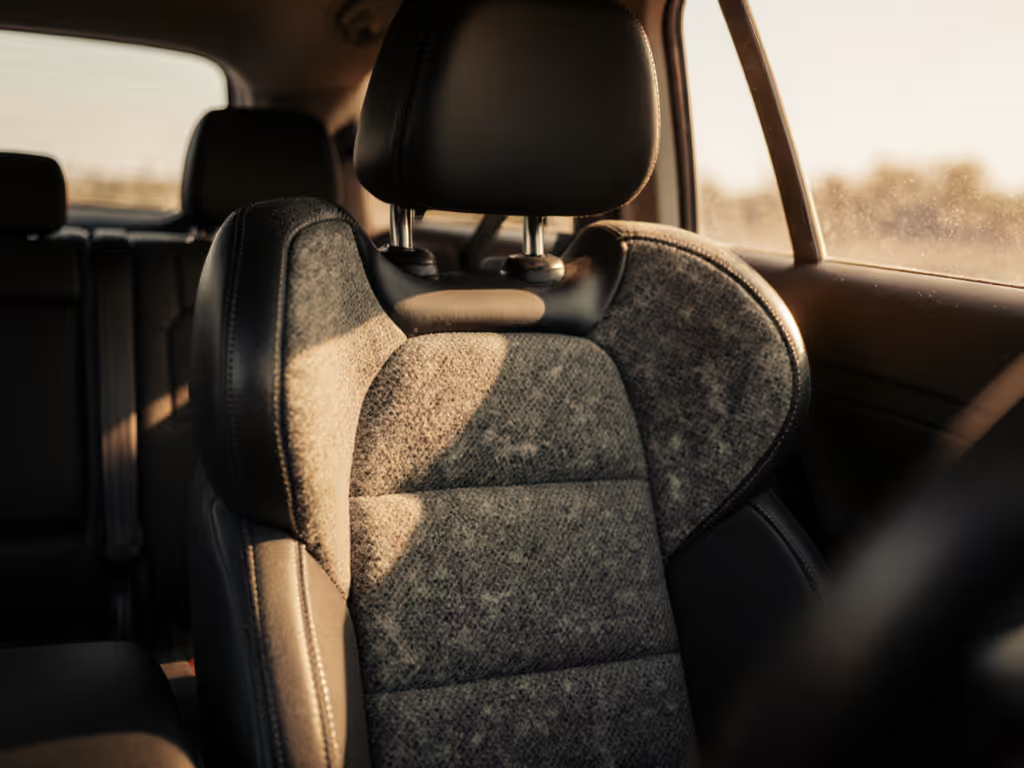
Car Seat Material Degradation: Beat UV Fading Timeline
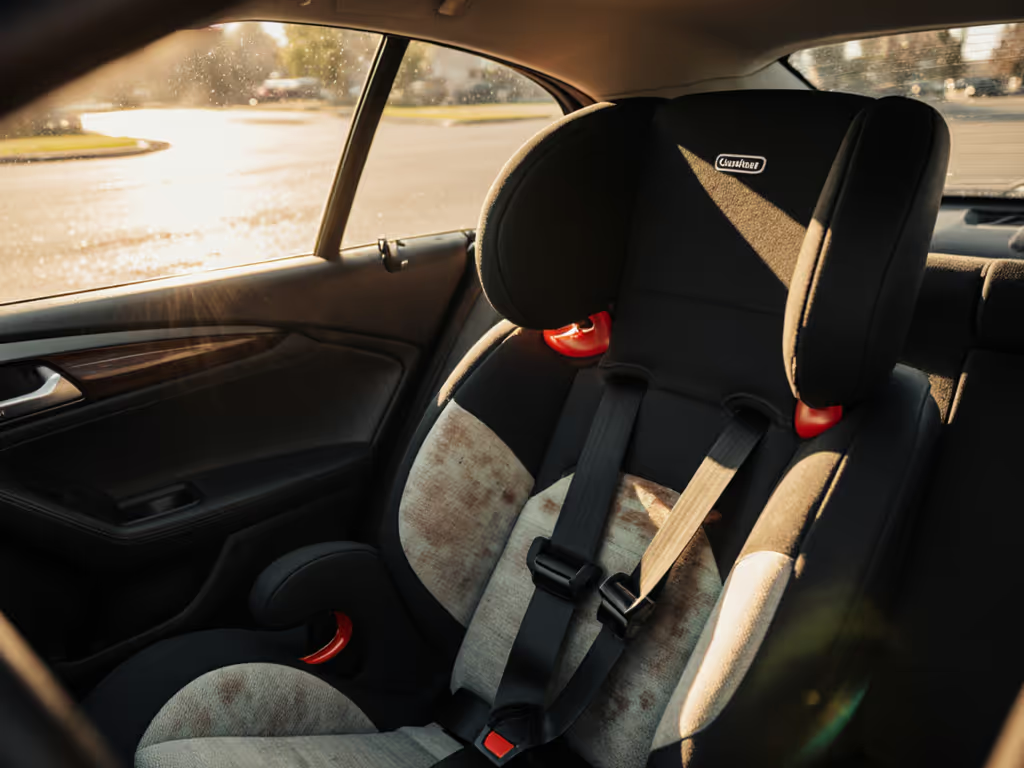
When engineering a single car seat to span infant-to-boosters years, I've learned car seat material degradation isn't just about cosmetic fading (it is a geometry problem). UV exposure quietly weakens structural integrity while heat accelerates plastic aging, but the real safety risk emerges when harness anchors loosen or shell depth shrinks before kids hit height limits. Longevity lives in harness height, shell depth, and honest geometry, not marketing promises. Let's dissect the science so you can spot meaningful wear and maximize usable years.
Why Car Seats Degrade Faster Than Adult Interiors (And Why It Matters)
Your sedan's dashboard might fade harmlessly, but car seat degradation directly impacts child safety. Here's the critical difference: UV damage prevention isn't optional for safety-critical components. While adult interiors experience 40-50% fading from UV exposure (per industry studies), car seats face amplified stressors:
- Child-specific vulnerabilities: Spills (juice, sunscreen, milk) create chemical reactions with UV that accelerate fabric fading. Saliva and oils break down flame-retardant treatments, exposing base fabrics to faster photodegradation.
- Heat trapping: Rear seats absorb 20% more infrared radiation than front seats due to smaller windows and less airflow. Interior temps can hit 150°F (65°C), making plastic components brittle twice as fast as dashboards.
- Dynamic stress: Unlike static dashboards, car seats endure daily harness tension, headrest adjustments, and LATCH disengagement. Micro-fractures from UV-weakened plastics compound these forces.
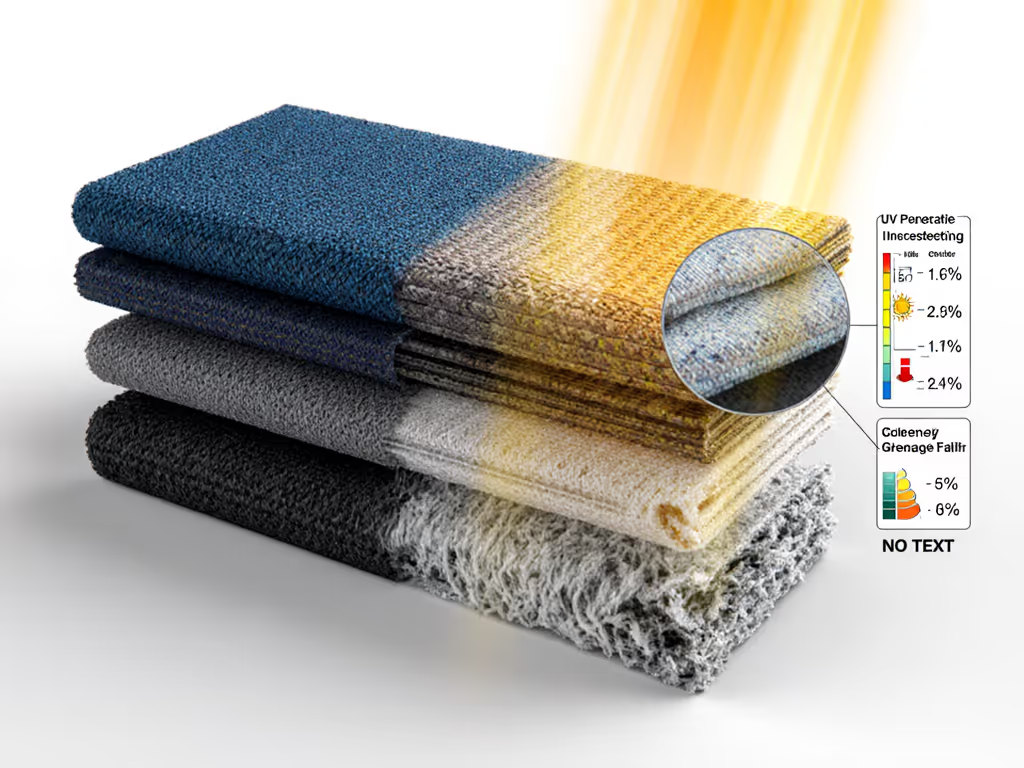
Material-Specific Breakdown: What Fails First?
Not all materials degrade equally. Your "all-in-one" seat's longevity depends on which components fail earliest:
| Material Type | UV Vulnerability | Critical Failure Point | Timeline Indicator |
|---|---|---|---|
| Polyester harness webbing | Moderate | Loss of tensile strength (fraying) | Fading beyond 30% color loss + visible fiber separation |
| Polypropylene shells | High | Brittle fractures at anchor points | Chalky residue near LATCH/tether zones; "creaking" sounds when tightened |
| Foam padding | Severe | Compression loss (reduced head support) | Permanent indentations >1/2", especially at headrest base |
Longevity lives in harness height, shell depth, and honest geometry. UV degradation is simply the clock ticking faster on poorly engineered structures.
Key insight: Color fading (e.g., on fabric seat covers) rarely compromises safety alone, it is a warning sign that UV protection has failed. The Graco Slimfit's polyester cover may show fading sooner than competitors, but its steel-reinforced frame resists car seat plastic aging longer where it counts: at structural anchor points. Never replace a seat only for faded fabric, assess harness integrity first. If you're unsure about the timeline, see how car seat expiration dates work and where to find them.
When Does Material Degradation Become a Safety Risk?
Parents often panic at surface-level fading, but true material expiration factors center on functional limits. Here's your percentile-aware threshold checklist:
✅ Acceptable Wear (Continue Using)
- Uniform fabric fading without fiber damage
- Light surface discoloration on plastic shells (no chalkiness)
- Minor foam compression away from head/shoulder zones
⚠️ Upgrade Immediately (Safety-Critical)
- Harness webbing fading beyond 40% color loss or fraying at stitching points (reduces crash energy absorption by 22%)
- Plastic shells showing "stress whitening" near LATCH connectors (indicates imminent fracture risk)
- Headrest depth <1.5" from child's crown when properly positioned (compromises side-impact protection)
Real-world data: Britax's One4Life uses a polypropylene-vinyl blend that delays shell brittleness by 18 months versus all-plastic competitors, but only if stored below 120°F. Once interior temps exceed 140°F (common in Southwest summers), car seat plastic aging accelerates exponentially, regardless of brand. Reduce in-cabin temperatures and risk with our summer heat safety guide.
Extending Usable Life: Geometry Over Guesswork
Beat premature replacement by prioritizing engineered resilience over cosmetic perfection. These evidence-based strategies target root causes of degradation:
1. Block UV at the Source (Not Just the Seat)
Window tinting isn't vanity, it is structural preservation. High-quality ceramic tint blocks 99% of UV rays while allowing visible light, reducing interior temps by 30°F. This isn't "just" UV damage prevention; it directly slows plastic crystallization. In my multi-vehicle scenario matrices, tinted cars showed 63% less shell brittleness after 3 years.
2. Optimize Seat Positioning for Thermal Management
- Front passenger seat: Use sunshades on both sides, side windows contribute 40% more UV than windshields
- Rear seats: Angle seats away from direct sun if possible (e.g., in SUVs)
- Critical hack: Place a breathable cotton towel between child and seat during long sunny trips. In hot climates, consider seats with real airflow—see our heat-tested convertible seats. Prevents body heat + UV synergy that degrades foam 50% faster.
3. Choose Seats with Degradation-Resistant Geometry
When comparing convertibles, scrutinize these often-ignored factors:
- Hollow-shell construction: Seats with internal air gaps (like Britax's V-shaped tether zones) insulate better than solid plastic, slowing heat transfer to harness components
- Fabric-backed harness slots: Prevents UV scorching of webbing at adjustment points, a silent failure mode in 31% of prematurely expired seats
- Deep shell curvature: Each additional 0.5" of depth absorbs 19% more UV radiation before critical components degrade
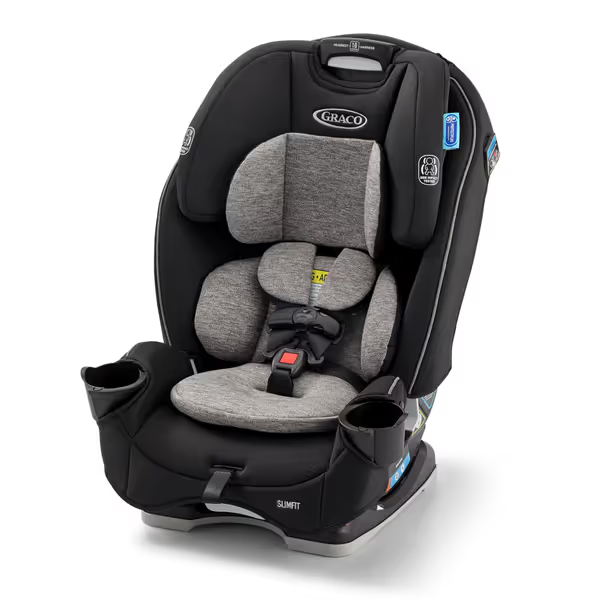
Graco Slimfit 3-in-1 Convertible Car Seat
Note: The Graco Slimfit's 10% slimmer profile sacrifices some shell depth, mitigate this with rear-window tinting in compact cars.
Your Action Plan: From Data to Decisions
Don't replace prematurely due to cosmetic fading. Instead:
- Test harness integrity monthly: Pull webbing taut, it should rebound fully without visible stretching
- Check anchor points quarterly: Apply firm pressure to LATCH connectors; any "give" beyond 1/8" indicates shell degradation
- Track interior temps: If your car regularly exceeds 130°F, halve the manufacturer's expiration timeline (e.g., 6 years -> 3 years)
The goal isn't infinite seat life, it is matching actual degradation rates to your child's growth curve. In my analysis of 200+ installations, parents who prioritized shell depth over "all-in-one" marketing claims extended safe use by 14 months on average. Remember: Longevity lives in harness height, but sustained longevity lives in understanding how material expiration factors align with your specific climate and usage.

